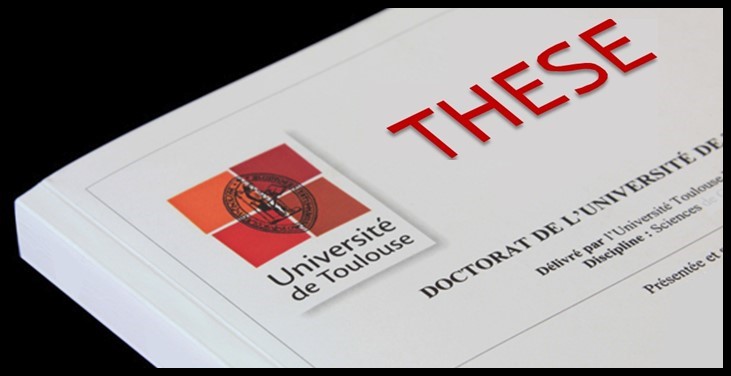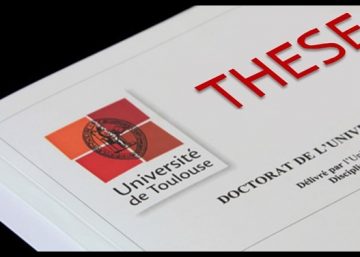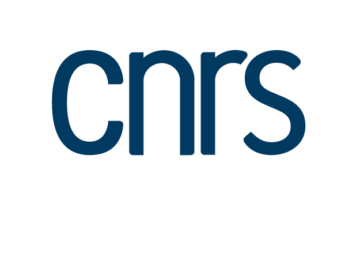La soutenance de thèse de Martin BESEDA, intitulée « Modelling of Transport Properties of Molecular Ions of Helium in Air », aura lieu le Mardi 13 Décembre 2022 à 13h à VSB-Technical University of Ostrava, en République Tchèque.
Les travaux de thèse ont été réalisés sous la co-direction de René Kalus (VSB-Technical University of Ostrava) et Malika Benhenni (Maître de conférences UT3), au sein du groupe PRHE.
Membres du Jury :
- Benjamin LASORNE CNRS-Institut Charles Gerhardt Montpellier Rapporteur
- M. Petr JUREčKA Palacky University Olomouc Rapporteur
- M. Tomás KOZUBEK VSB-Technical University of Ostrava Examinateur
- M. Ivan JANECEK Institute of Geonics of the Czech Academy of Sciences Examinateur
- M. René KALUS VSB-Technical University of Ostrava Co-directeur de thèse
- Mme Malika BENHENNI Université Toulouse III-Paul Sabatier Co-directrice de thèse
- M. Thierry Leninger Université Toulouse III- Paul Sabatier Invité
Résumé :
This thesis is focused on modelling of the transport properties of helium-based cold plasma in the interaction with nitrogen in the atmosphere. The main focus of this thesis is on thorough description of molecular interactions. The obtained results are further used into molecular dynamics simulations and mesoscopic models of transport properties. The interactions are obtained via ab initio approach, utilizing Multi-Configurational Self-Consistent Field and Multi-Reference Configuration Interaction methods together with Numerov method for solving Schrodinger equation when computing vibrational-rotational excitations. Molecular dynamics is being performed in a hybrid quantum-classical approach, as nuclei are being treated classically and electrons with a quantum method.
Furthermore, not only ab initio methods on-the-fly, but also Artificial Neural Networks are involved in the dynamics simulations to reduce necessary runtime for the most expensive parts. Transport properties of the collision complexes are modelled using Monte Carlo. In this thesis, a thorough analysis of the molecular interactions for the ground and the first excited states of N2+ and [N2/He]+ is given, with respect to different basis sets, orbital spaces and methods. The behavior is evaluated not only for the values of potential energy, but also for different rotational-vibrational excitations of N2+ and the preliminary results are also provided for the higher excited states up to 11th. Both reactive and non-reactive cross-sections were obtained from molecular dynamics simulations and compared subsequently with the pseudo-experimental data obtained from mobility measurements. In this context, also the effect of the horizontal alignment on the resulting cross-sections was analyzed in detail.
Finally, the mesoscopic modelling part was focused on obtaining N2+ mobility, in He gas, the characteristic energies of both longitudinal and transversal diffusion and the rate constant of dissociation induced by collision with He. Moreover, while the topic is not exhausted in any way, these theoretical findings are already useful for further experimental research, helping with “tuning” active species needed for specific applications in cold plasma.




